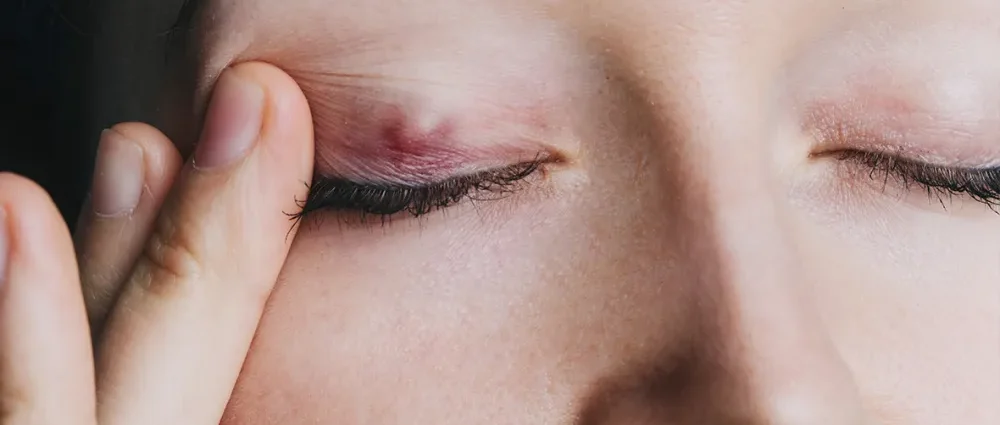A stye is a condition that affects eye health and consists of swelling in the area of the lower or higher eyelid. It appears due to inflammation of the sebaceous glands found in the eyelash area, and this swelling causes the appearance of redness, burning, and pain in the area.
A cystic stye can be conjoined if it is not treated in time, and, therefore, in this article, we will know what the causes of a cystic stye are, the types and treatments that currently exist to manage to deal with this condition. We’ll tell you all about it!
Causes of a cystic stye
The main cause of the appearance of a cystic stye is that the sebaceous glands are inflamed and, therefore, the reddish bump typical of this condition appears. The affected glands are known as Zeiss’s gland and Moll’s gland, and the inflammation appears because the Staphylococcus bacteria produce an infection in the area.
A stye is likely to become encysted, meaning it forms a small, fatty lump on the eyelid that can be bothersome and also affect our aesthetic appearance. In these cases, the stye can be removed with treatment by a specialized doctor.
You should know that a stye usually disappears in a week and, in the most severe cases, the doctor may prescribe an antibiotic; however, it often disappears on its own. But if the stye gets conquered, this condition can become more severe and aggravate the symptoms: more pain, less vision, more discomfort.
Types of styes
You should know that there are different types of styes, and their classification will come from the hands of specialized professionals. The two typologies depend on where the bump appears; we find these two:
– External Stye. That’s when the inflammation takes place in the eyelash area.
– Inner Stye. It appears in the area of the lower or upper eyelid.
Treatment of the cystic stye
In case you suffer from a cystic stye, you should know that there are specific treatments to deal with this condition and recover your health as soon as possible. First of all, go to an ophthalmologist to examine inflammation and determine the best treatment to follow; the most common methods are:
– Heat application in the area. Heat should be applied to the stye twice a day so that blood circulation is encouraged and, therefore, reduced swelling.
– Use of eye drops or antibiotics. If discomfort is important, the doctor may prescribe the use of eye drops or antibiotics to calm the area and fight bacteria.
– Surgical intervention. If the cystic stye does not resolve with any of the above treatments, there is a simple operation to remove the swelling from the eye.
In any case, if you notice any warning that you may have a stye, it’s best to see a specialist for an examination and advice on the next steps. This isn’t a serious condition, but it should be treated to avoid complications.
Bibliography
Rodriguez Santana, A. (2019). Localized inflammatory pathology of the eyelid: stye and chalazion.
Bill, P. And. Probation on the eyelid.
